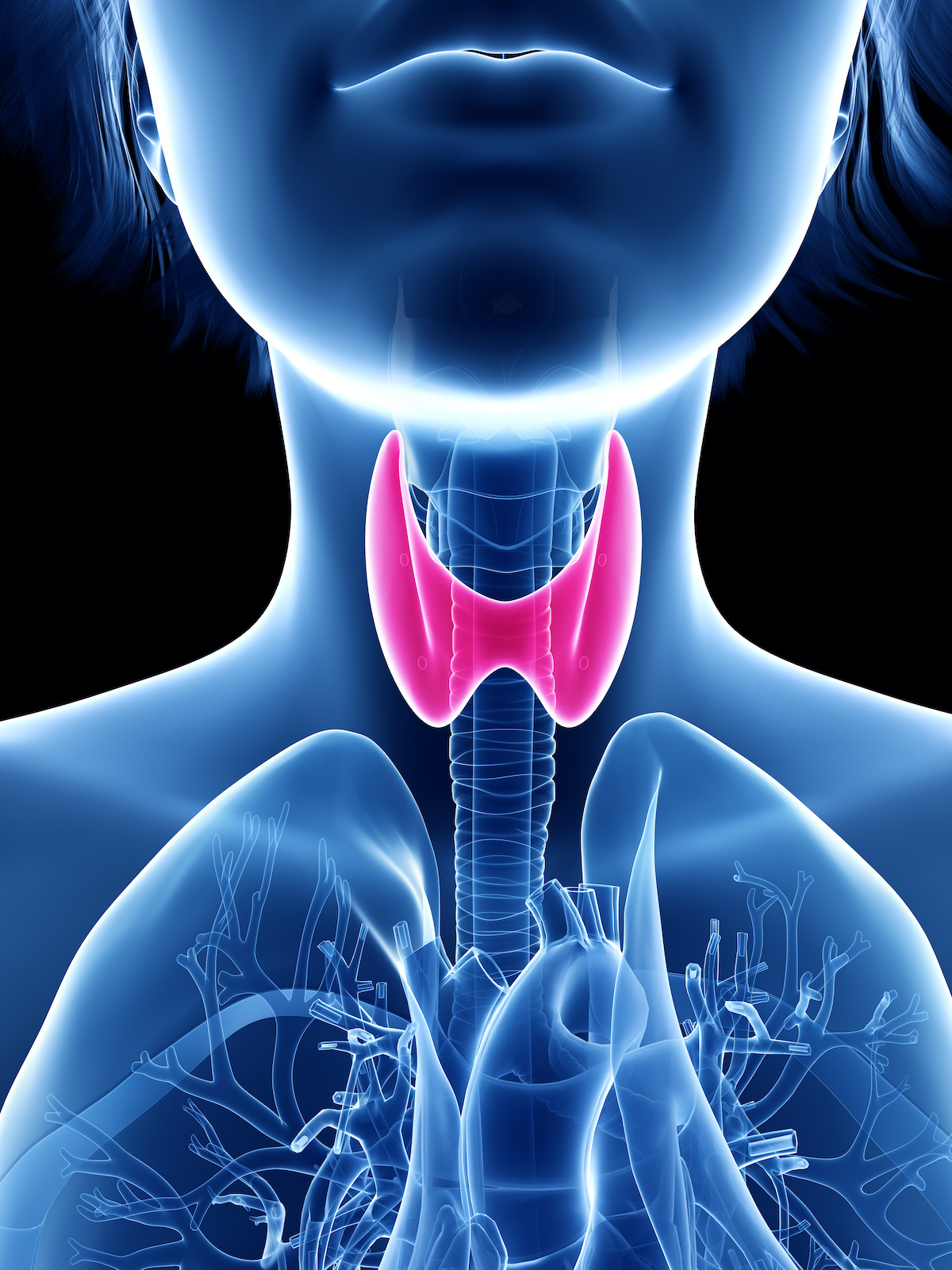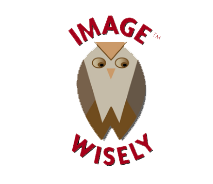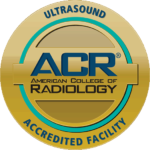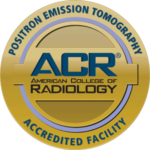
Thyroid Location & Purpose
The thyroid is a gland that is in the front of the neck. It is shaped like a butterfly with one wing on each side of the neck. The thyroid gland is part of the endocrine system, which controls the hormones in the body. Hormones are messengers that travel through the bloodstream to other parts of the body to tell them to do their job. These hormones help control breathing, blood flow, temperature, energy use, and growth in children. For the body to function well, hormone levels should be balanced. However, sometimes hormones get out of balance. When the thyroid does not make the normal levels of hormones, either too much or too little, it affects how the body functions. There are several disorders and diseases that can cause the thyroid to not work properly.
Common Types of Thyroid Disease
Thyroid disorders and diseases fall into three general categories: hypothyroidism, hyperthyroidism, and thyroid cancer.
- Hypothyroidism: In hypothyroidism, the thyroid produces too little hormones. If the body doesn’t get enough hormones, you may get tired, experience depression, have dry skin, gain weight, become forgetful, and become weak.
- Hyperthyroidism: Hyperthyroidism is the opposite of hypothyroidism. In this disorder, the thyroid gland produces too much. These conditions can cause a fast heart rate, no ability to rest, feeling too hot and the need to poop often. Hyperthyroidism is more common in women than in men.
- Thyroid Cancer: Thyroid cancer is unusual cell growth in the tissues of the thyroid gland. According to the Centers for Disease Control and Prevention, 12,000 men and 35,000 women in the US are diagnosed with thyroid cancer every year.
Diagnosis
If you think you may have something wrong with your thyroid, speak to your doctor. Your doctor will want to know your full medical history and will likely do a physical examination and a blood test. During the physical examination, your doctor will touch your neck to feel for the size and hardness of your thyroid and any big lymph nodes. The blood test will show the levels of the hormones, which tell the doctor how the gland is working.
If your doctor thinks you have hypothyroidism, hyperthyroidism or thyroid cancer he/she may send you to a radiologist for an imaging exam.
Imaging Exams
Medical imaging may be recommended for a few reasons:
- To find areas that could be cancerous
- To see if cancer has spread to other parts of the body
- To help see if treatment is working
- To check to see if cancer has come back
People who know they have or think they have thyroid cancer will get one or more of the following tests:
- Ultrasound: An ultrasound uses sound waves to create pictures of the body and is often the doctor’s first choice for looking at the thyroid. This exam helps the radiologist determine the number and size of the lumps on the thyroid (thyroid nodules) as well as if they are solid or filled with liquid. Solid nodules are more likely to be cancerous.
- Biopsy: In order to find out if a nodule is cancerous, a sample (a few pieces) of it is needed to be looked at under a microscope. To get this sample, a radiologist will use a small needle to take out cells from a few areas of the thyroid. This is called a thyroid biopsy. Ultrasound technology is used during this procedure to take pictures to show the radiologist where to put the needle. The cells are then sent to the lab to be checked for cancer.
- Nuclear Medicine Scan: Nuclear medicine imaging uses small amounts of safe, low-dose radioactive solution (given to you through a needle) and a special camera to see inside the body. Cancer cells take up (or eat) more of the radioactive substance than non-cancer cells, making it easy for the radiologist to find cancer when looked at with the camera. It is often used in people who have already been told they have cancer to help see if cancer had spread to other parts of the body.
- Chest X-ray: If you know you have thyroid cancer, a chest X-ray may be taken to see if cancer has spread to your lungs.
- CT scan: A computed tomography (CT) scan uses a computer to combine a series of X-ray pictures to create detailed pictures of the body. A CT scan can help figure out the size and location of thyroid tumors and check areas close by to see if cancer has spread.
- MRI scan: A magnetic resonance imaging (MRI) scan uses magnets to create detailed cross-sectional pictures of the body. These scans create pictures of soft tissues like the thyroid gland. MRI scans are used to find cancer in the thyroid and areas around it.
- PET/CT scan: A positron emission tomography/computed tomography (PET/CT) scan is used when thyroid cancer does not take up (or eat) radioactive iodine (Nuclear Medicine Scan). The PET/CT scan helps the doctor figure out if cancer has spread from the thyroid to other places in the body.
Treatment & Management
Once a patient is told they have a thyroid disease, a treatment plan can be made based on the type and seriousness of the case.
Monitoring
During and after treatment, your doctor will want to keep an eye on you/your cancer and may ask you to get more tests. These tests usually include a mix of blood tests and imaging tests. Blood tests tell the doctor how the thyroid is working. Imaging tests show doctors if/how well treatment is working or if cancer has come back.
Contact UDMI
When it comes to finding cancer or seeing how well cancer treatment is working, you want to put yourself in the best hands. Did you know you have the right to choose who your radiologist is? If your doctor tells you that you need imaging exams, call University Diagnostic Medical Imaging. You can be confident that you’ll get the highest quality care from our kind and experienced team. For more information or to schedule an appointment, call 718-931-5620 or submit a request on our website.










